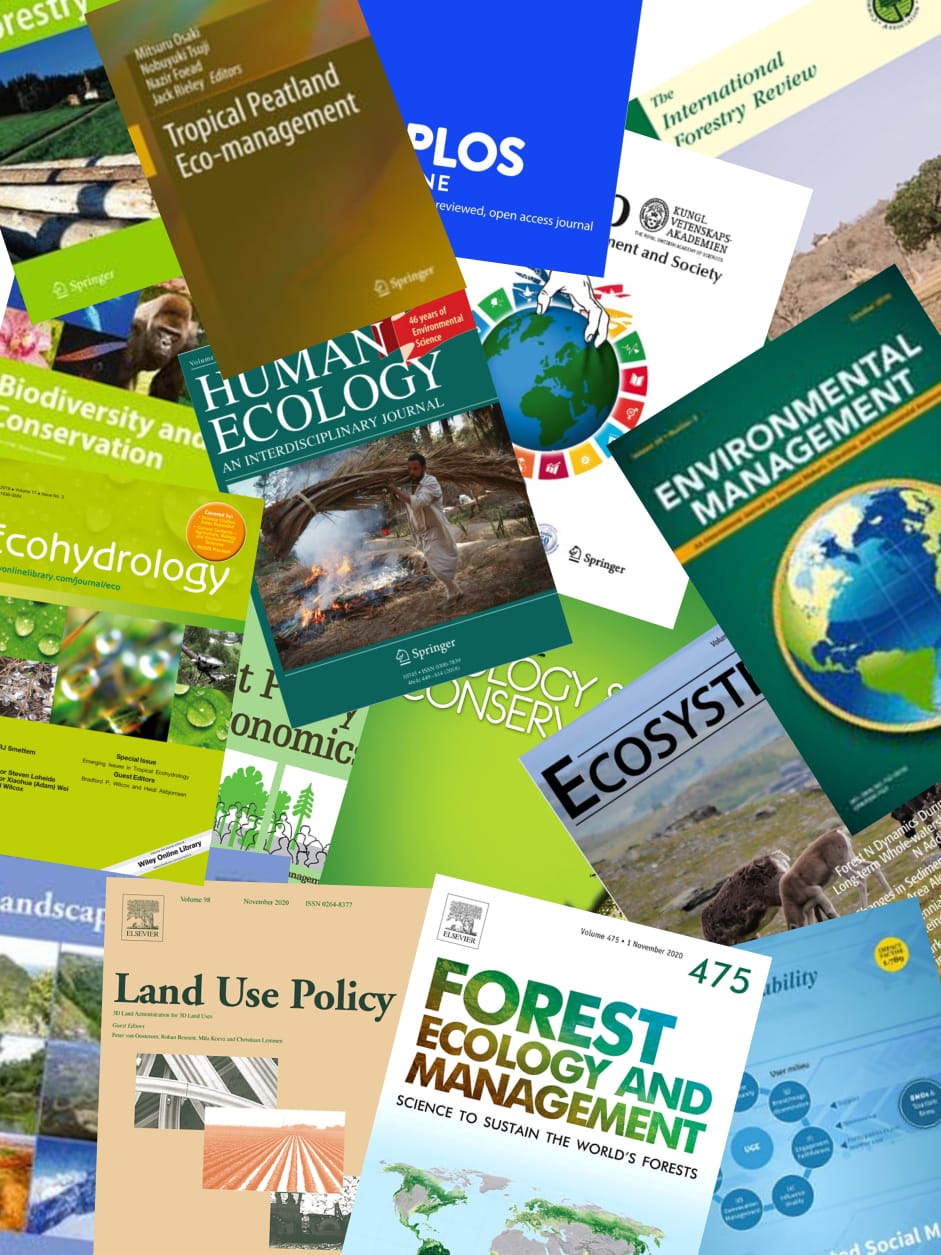In Sri Lanka, there are 31 species of bats distributed from lowlands to mountains. To document bat diversity and their habitat associations, 58 roosting sites in Maduru-Oya National Park periphery were surveyed. Fifteen bat species were recorded occupying 16 different roosting sites in this area. Among all the species recorded, Rhinolophus rouxii was the most abundant species per roosting site whereas Kerivoula picta was the least abundant. A road-kill specimen similar to genus Phoniscus was found during the survey, a genus so far only documented in Southeast Asia and Australasia. Although our study area provided habitats for a diverse chiropteran community, the colony size per roost was remarkably low. Although our study area is supposedly a part of the park’s buffer zone, many anthropogenic activities are threatening the bat community: felling large trees, slash-and-burn agriculture, excessive use of agrochemicals, vengeful killing, and subsidized predation. We strongly recommend adoption of wildlife-friendly sustainable land management practices in the buffer zone such as forest gardening, agroforestry (alley cropping, mixed-cropping), and integrated farming. Bat conservation in this region should take a landscape-scale conservation approach which includes Maduru-Oya National Park and other surrounding protected areas into a regional conservation network. Extents of undisturbed wilderness are dramatically declining in Sri Lanka; thus, future conservation efforts must be retrofitted into anthropocentric multiuse landscapes and novel ecosystems like areas surrounding Maduru-Oya National Park. © Gayan Edirisinghe et al.
View source

